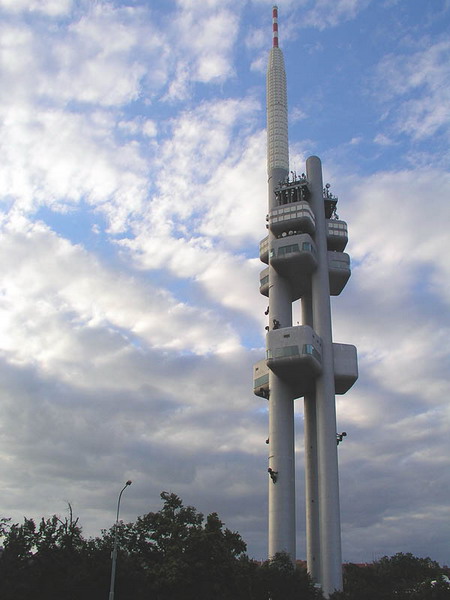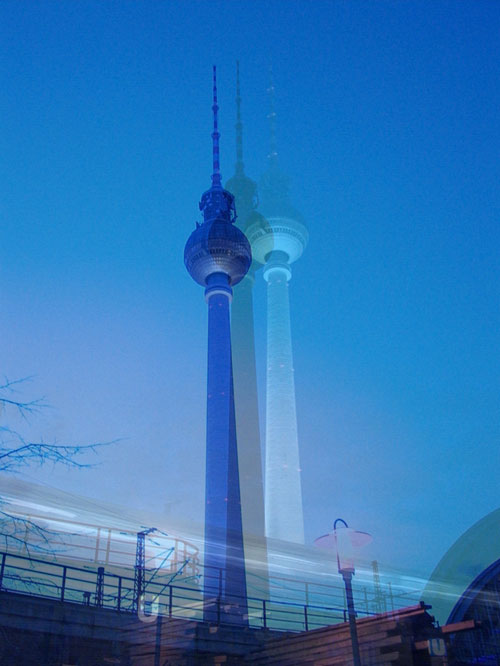

Budapest Kelenti station resembles St Pancras, were it slightly smaller and had never recieved a lick of fresh paint since it was built.
Walk through the opulent dome of the main shed and notice the cracked yellow plaster and gold-leaf paint flaking from sturdy platform lamps. It has the air of a city past its once great peak.
The smell of paprika and tobacco smoke is mingled with spices and coffee - which men drink acrid from tiny plastic cups as they play chess - wafts through the bustling terminus. For the first time on the trip, a whiff of the Ottoman Empire is tangible.
Our hostel is located in a quiet, grass-fringed side street in Central Pest. Next door is a second-hand English bookshop with the smallest opening hours imaginable. Perhaps business is slow.
Budapest is famous for, among other things, its thermal springs, several of which are directed into one of the city's numerous public baths. We take the metro to Széchenyi Fürdő, one of Budapest's largest. It has nine pools ranging in temperature from 55 to an icy 18 degrees. As well as saunas and steam rooms galore the baths house medicinal pools which smell like old sea water and have an unfortunate sediment floating that looks like flakes of skin.
Refreshed and charmed by an old man in speedos and a gold medallion, bronzed belly straining at the elastic, we head back to Pest for some food.
Off the main streets are the best place to find traditional Hungarian fare which, according to the book, consists of far more than just goulash) although there is lots of that). We clamber down into a brick-lined wine cellar decoraded with homemade tablecloths and plump, decorative cushions adorning two rows of wooden benches. Four Hungarian men sit nursing beers, their slick black hair relfecting the bluish curls of cigarette smoke.
Without warning, a heavy set, braodly smiling woman charges towards us, her flabby arms open as if we are about to embrace. She looks like every other Hungarian grandmother I've so far seen. Our conversation goes breifly as follows:
"Hello, you like Hungarian food? Very good, chicken and vegetable. One chicken, one vegetable, very good? Yes?"
Before I have a chance to refuse she is off and, after some frantic stirring and suspicious sounding microwave pings, she is back with two plates of steaming Hungarian food, washed down with palinka, a homemade plum brandy of deceptive potency.
Two of the men amble over to the snugly hidden piano and began playing music. I assume it's for us, as we are the only two diners there. I raise my ears in the hope of hearing some genuine Hungarian folk music, to go with our authentic as you like food. Imagine my disappointment when the pair strike up "When You Fall In Love."
Walk through the opulent dome of the main shed and notice the cracked yellow plaster and gold-leaf paint flaking from sturdy platform lamps. It has the air of a city past its once great peak.
The smell of paprika and tobacco smoke is mingled with spices and coffee - which men drink acrid from tiny plastic cups as they play chess - wafts through the bustling terminus. For the first time on the trip, a whiff of the Ottoman Empire is tangible.
Our hostel is located in a quiet, grass-fringed side street in Central Pest. Next door is a second-hand English bookshop with the smallest opening hours imaginable. Perhaps business is slow.
Budapest is famous for, among other things, its thermal springs, several of which are directed into one of the city's numerous public baths. We take the metro to Széchenyi Fürdő, one of Budapest's largest. It has nine pools ranging in temperature from 55 to an icy 18 degrees. As well as saunas and steam rooms galore the baths house medicinal pools which smell like old sea water and have an unfortunate sediment floating that looks like flakes of skin.
Refreshed and charmed by an old man in speedos and a gold medallion, bronzed belly straining at the elastic, we head back to Pest for some food.
Off the main streets are the best place to find traditional Hungarian fare which, according to the book, consists of far more than just goulash) although there is lots of that). We clamber down into a brick-lined wine cellar decoraded with homemade tablecloths and plump, decorative cushions adorning two rows of wooden benches. Four Hungarian men sit nursing beers, their slick black hair relfecting the bluish curls of cigarette smoke.
Without warning, a heavy set, braodly smiling woman charges towards us, her flabby arms open as if we are about to embrace. She looks like every other Hungarian grandmother I've so far seen. Our conversation goes breifly as follows:
"Hello, you like Hungarian food? Very good, chicken and vegetable. One chicken, one vegetable, very good? Yes?"
Before I have a chance to refuse she is off and, after some frantic stirring and suspicious sounding microwave pings, she is back with two plates of steaming Hungarian food, washed down with palinka, a homemade plum brandy of deceptive potency.
Two of the men amble over to the snugly hidden piano and began playing music. I assume it's for us, as we are the only two diners there. I raise my ears in the hope of hearing some genuine Hungarian folk music, to go with our authentic as you like food. Imagine my disappointment when the pair strike up "When You Fall In Love."
We cross the Danube to a venue that is, in the summer months at least, a 24 hour festival. Live acts and DJs bring out Budapest's young and energetic. Tonight seems to be a tribute to Sum 41 and other American Teenage Punk. It's amazing how dining to Audrey Heller can make even the direst music palatable.

















